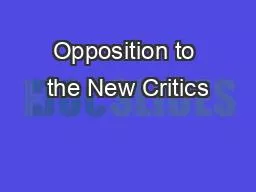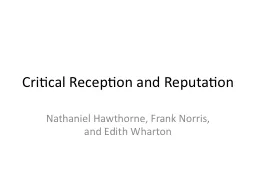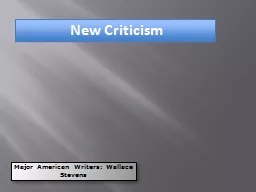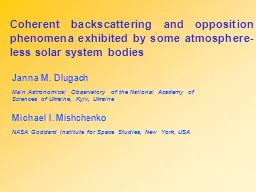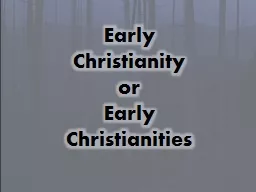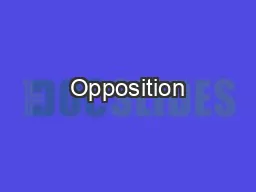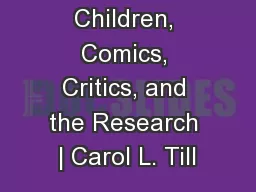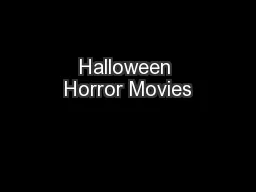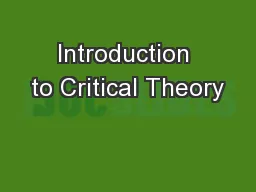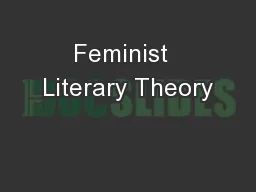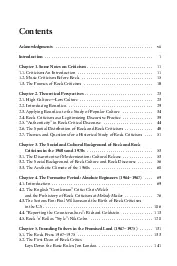PPT-Opposition to the New Critics
Author : blastoracle | Published Date : 2020-11-06
Lama K AlNaimi Abrar A Al johi Eman Al saleh First Rene Wellek Abrar A Al johi I n his essay The New Criticism Pro and Contra said Today the new criticism is
Presentation Embed Code
Download Presentation
Download Presentation The PPT/PDF document "Opposition to the New Critics" is the property of its rightful owner. Permission is granted to download and print the materials on this website for personal, non-commercial use only, and to display it on your personal computer provided you do not modify the materials and that you retain all copyright notices contained in the materials. By downloading content from our website, you accept the terms of this agreement.
Opposition to the New Critics: Transcript
Download Rules Of Document
"Opposition to the New Critics"The content belongs to its owner. You may download and print it for personal use, without modification, and keep all copyright notices. By downloading, you agree to these terms.
Related Documents

